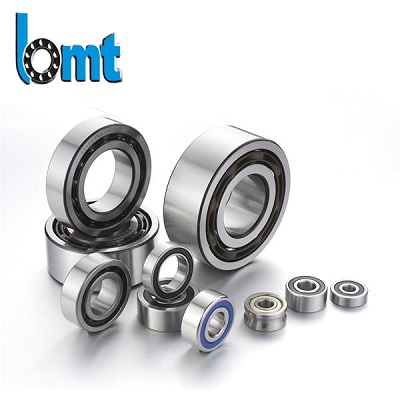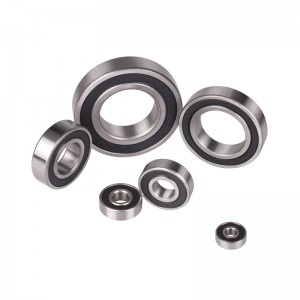5 Signs You Need to Replace Your Deep Groove Ball Bearings (And How to Do It)
Deep groove ball bearings are essential components in various machines, from electric motors to industrial equipment. They are designed for durability and precision, but even the most reliable bearings can wear out over time. Recognizing the signs that your deep groove ball bearings need replacement is crucial for maintaining the efficiency of your machinery. Here are the 5 most common signs that indicate it’s time to replace your bearings and how to do it effectively.

1. Unusual Noise or Vibration
One of the first signs that your deep groove ball bearings may need replacement is an increase in noise or vibration. When the bearings wear down, the inner and outer races can develop pitting or other forms of damage. This can cause your machinery to produce unusual noises or vibrations. If you notice a grinding, humming, or squealing sound, it’s a clear indication that the bearings are no longer functioning optimally.
Tip: Pay attention to any changes in the sound of your equipment, as it could be a signal of underlying bearing problems.
2. Overheating of Equipment
Excessive heat generation is another warning sign that your deep groove ball bearings are underperforming. Bearings that are worn or damaged tend to create more friction, leading to overheating. This can cause significant damage to the bearing as well as other components in your machine. If your equipment becomes too hot to touch, it’s time to inspect the bearings for wear or damage.
Tip: Regularly monitor the operating temperature of your machinery, especially in high-load environments.
3. Decreased Performance
When deep groove ball bearings are damaged, they can affect the overall performance of your machinery. You may notice a decrease in the speed or precision of your equipment, especially if the bearings are not rotating as smoothly as they should. This performance decline can lead to downtime, increased energy consumption, and ultimately, loss of productivity.
Tip: If performance starts to drop, inspect the bearings for signs of wear and tear.
4. Visible Wear or Damage
Sometimes the damage to deep groove ball bearings is visible to the naked eye. Inspect the bearings for signs of cracking, pitting, or discoloration. Any visible deformities can affect the integrity of the bearing and compromise its ability to function correctly. In such cases, replacement is necessary to avoid further damage to other parts of the machine.
Tip: Always inspect your bearings during routine maintenance to catch visible damage early.
5. Frequent Lubrication Issues
Improper lubrication is a common cause of bearing failure. If you find that your bearings frequently need relubrication or if the grease has become contaminated, it’s likely that the bearing is wearing down. Inconsistent lubrication can cause the bearings to operate inefficiently, leading to premature failure.
Tip: Make sure your bearings are properly lubricated according to the manufacturer’s specifications to extend their lifespan.
How to Replace Your Deep Groove Ball Bearings
Replacing your deep groove ball bearings is a straightforward process if done correctly. Here’s a simple step-by-step guide:
- Turn off the Equipment: Always make sure that the machine is powered off and disconnected from any electrical sources before working on it.
- Remove the Damaged Bearing: Use appropriate tools to carefully remove the old bearing. Be cautious not to damage the surrounding components during removal.
- Clean the Bearing Housing: Before installing the new bearing, thoroughly clean the bearing housing to remove any debris or old lubrication.
- Install the New Bearing: Carefully install the new deep groove ball bearing into the housing, ensuring it is properly aligned and seated.
- Lubricate and Reassemble: Apply the correct amount of lubricant to the new bearing and reassemble the equipment.
Choosing the Right Deep Groove Ball Bearings
When selecting new deep groove ball bearings, it’s essential to choose high-quality bearings that match the specifications of your equipment. At DEMY, we offer a wide range of deep groove ball bearings designed for durability and performance in various applications. Whether you need standard or customized bearings, our products are engineered to meet your needs for long-lasting, efficient operation.

